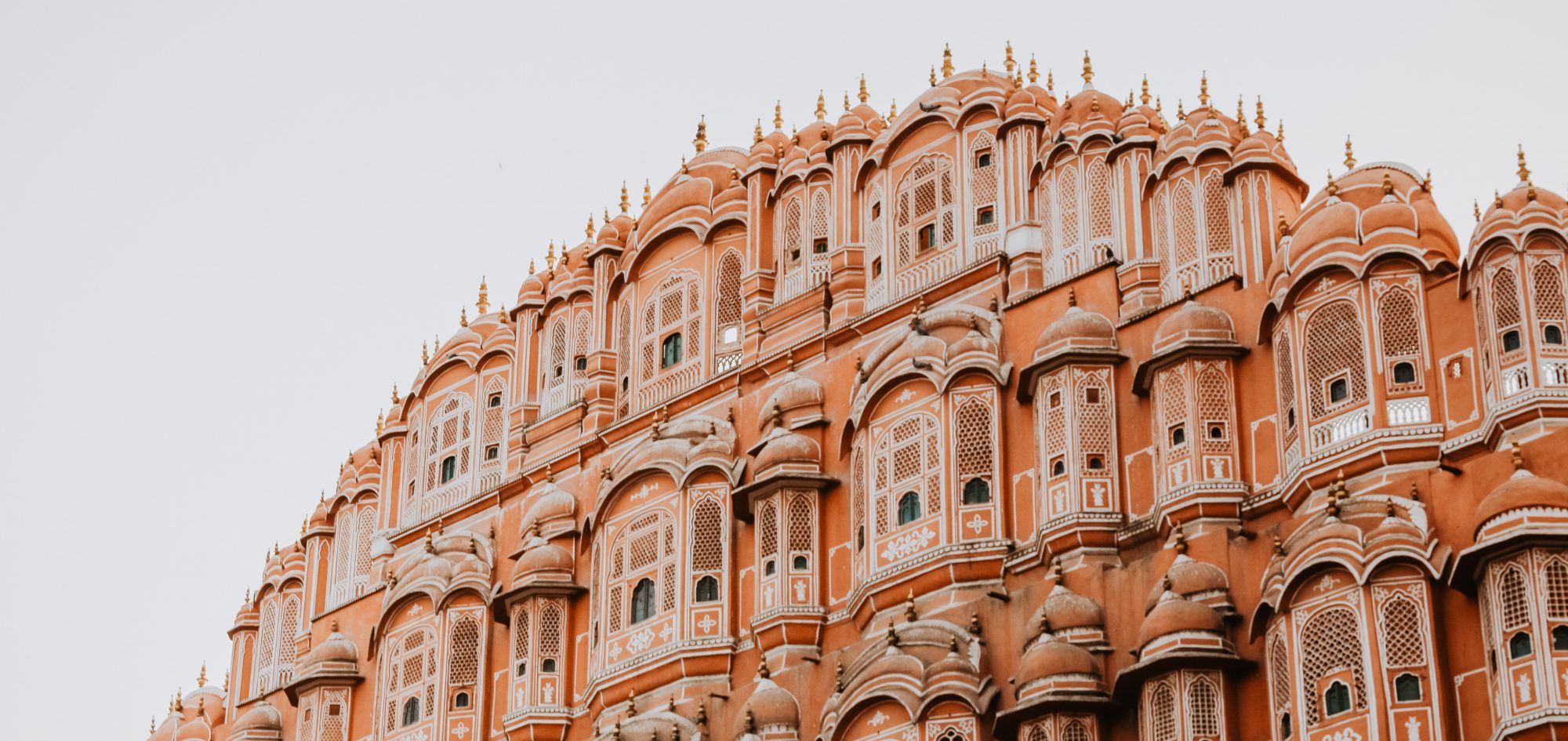After visiting the Kumbh Mela of 1895, Mark Twain wrote:
| “It is wonderful, the power of a faith like that, that can make multitudes upon multitudes of the old and weak and the young and frail enter without hesitation or complaint upon such incredible journeys and endure the resultant miseries without repining. It is done in love, or it is done in fear; I do not know which it is. No matter what the impulse is, the act born of it is beyond imagination, marvelous to our kind of people, the cold whites.” |
The city’s original name – Prayag or “Place of Offerings” comes from its position at the Sangam (confluence) of the Ganga, Yamuna and mythical Sarasvati rivers. It is the second-oldest city in India, and plays a central role in Hindu scriptures. Allahabad was originally called Kaushambi by the Kuru rulers of Hastinapur who developed it as their capital. Since then, Allahabad has been a political, cultural and administrative centre of the Doab region. Mughal emperor Akbar renamed it Ilahabad, which the British changed to Allahabad. Allahabad became the capital of the North-Western Provinces in 1858, and was the capital of India for a day. The city was the capital of the United Provinces from 1902 to 1920 and remained at the forefront of national importance during the struggle for Indian independence.
The Triveni Sangam is believed to be the place where drops of nectar fell from the pitcher, from the hands of the Gods. It is believed that a bath in the sangam will wash away all one’s sins and will clear the way to heaven. Devout Hindus from all over India come to this sacred pilgrimage point to offer prayers and take a dip in the holy waters. The sacred Kumbh Mela is held every 12 years on the banks of Ganga, Yamuna and Sarsvati at Sangam.
Although it is well connected through main city via all means of transport bus services are quite prominent.
The Anand Bhavan is a historic house museum in the city focusing on the Nehru Family. It was constructed by Indian political leader Motilal Nehru in the 1930s to serve as the residence of the Nehru family when the original mansion Swaraj Bhavan was transformed into the local headquarters of the Indian National Congress. Jawahar Planetarium, the planetarium is situated here, which has been striving to inculcate scientific temper among masses through its sky shows on astronomy and science. It was donated to Indian government in 1970 by the then Prime Minister Indira Gandhi, the granddaughter of Motilal Nehru and daughter of Jawaharlal Nehru.
Well connected via city roads, rails and airways. Anand Bhavan is located about 3.5 km away from Allahabad Railway Station. It lies on the Jawaharlal Nehru Road at Allenganj.
Khusrau Bagh is a large walled garden and burial complex located in Muhalla Khuldabad close to the Allahabad Junction Station. It is roughly two miles from the Allahabad Fort. Situated over forty acres and shaped as a quadrangle it includes the tombs of Shah Begum, Jahangir’s Rajput wife and the daughter of Maharaja Bhagwant Das and Khusrau Mirza’s mother; Khusrau Mirza, Jahangir’s eldest son and briefly heir apparent to the Mughal throne; and Nithar Begum, Khusrau Mirza’s sister and Jahangir’s daughter. It is listed as an Indian Site of National Importance.
Allahabad’s cuisine has a modest richness to it. It is a paradise for those who are made for taste. If one is in Allahabad, then the Mughalai cuisine of North India should not be forgot to enjoy. Other than this, Allahabad offers a number of options from spicy Chaats to Continental cuisines, from street food to a number of cafes. While in Allahabad don’t miss out on Chaat, Samosa, Rabri, Kachori, Baati Chokha as well as hints of South Indian food such as Butter Masala Dosa. Also The Allahabadi Paan should be tried as it is considered one of the best in all over India.
A number of options are available for one’s journey to Allahabad
By plane: Allahabad Airport also called Bamrauli Field is essentially a military base with a one-room passenger terminal and two commercial flights per day are run. The air travel scene is changing slowly after Kumbh Mela of 2013. Still it is easier to fly into Varanasi or Lucknow as both of these airports are much better serviced.
By train: Allahabad is situated on the trunk train route from Delhi to Kolkata and from Mumbai to Kolkata, so it is well-connected by trains. Innumerable trains stop at Allahabad. The city has four railway stations, Daragang, Prayag, Rambagh and Allahabad Junction. In addition, another temporary railway station known as Prayag Ghat is used during important religious festivals for the better management and control of extra pilgrim traffic on those occasions.
By bus: Allahabad is on NH2 and NH27 and is, therefore, well connected by road. Several buses ply to and from nearby cities and towns.
Cabs such as Gozocabs can also be used to make one’s journey comfortable at a reasonable price.
October to March are the best months to visit Allahabad. Magh Mela typically happens in the month of February and March and this is the time when millions of people flock to the town to take dip in holy Sangam. However, the Maha Kumbh happens only once in 12 years and should not be missed.
Allahabad is the host of the largest gathering in the world and rich in hotels in almost every part of the city.










